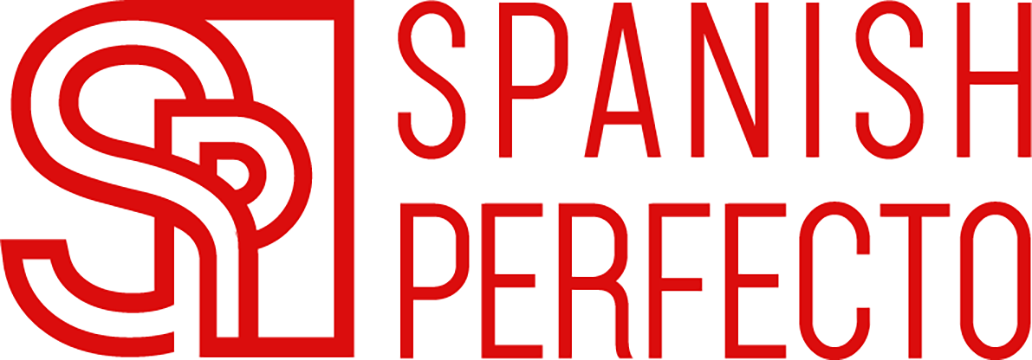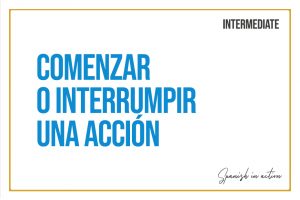By: Georgina Palencia.
At Spanish Perfecto, learning a language is a personal journey, and one of the most powerful tools in this process is self-monitoring. Self-monitoring involves the practice of constantly observing and evaluating one’s learning process. It requires students to take an active role in their education by paying attention to how they use the language, identifying mistakes, and adjusting their approach to improve.
Self-monitoring characteristics include self-awareness, reflection, and the ability to make adjustments. Students who engage in self-monitoring tend to be more aware of grammatical rules, pronunciation, and sentence structure. This heightened awareness is crucial but can often lead to a temporary reduction in fluency. In the beginning, the more students learn about grammar and rules, the more they tend to think about them while speaking, which can slow down their ability to express themselves naturally.
Self-monitoring offers numerous benefits. First, it allows students to identify their strengths and areas for improvement. By reflecting on their performance, whether in pronunciation, grammar, or comprehension, students can adjust their study focus to concentrate on aspects that need more attention. However, this constant analysis can cause frustration, especially when students realize that their fluency decreases due to their growing awareness of potential mistakes. This is entirely normal and part of the learning process. Over time and with practice, this awareness becomes integrated, enabling more fluid and accurate communication.
However, like any tool, self-monitoring has its downsides. One of the main challenges is that it can lead to excessive self-criticism if not handled properly. Students may be too hard on themselves, which could result in decreased motivation. Additionally, without proper guidance, self-monitoring could reinforce errors, as students might not be aware of certain mistakes in their language use. This is where the guidance of a teacher becomes invaluable.
To make self-monitoring effective, at Spanish Perfecto we recommend combining it with teacher feedback. Students can use self-monitoring to conduct an initial assessment of their progress and then discuss their observations with an instructor. This collaboration helps to correct possible mistakes and reinforce positive aspects, creating a balance between self-evaluation and professional guidance. Furthermore, to improve fluency as you increase your grammatical awareness, it is helpful to practice speaking in everyday situations without worrying too much about perfection. As you automate the rules, your fluency will return, accompanied by greater accuracy.
In conclusion, self-monitoring is a valuable tool in learning Spanish as a second language when used in a balanced way and with adequate support. It fosters self-awareness and discipline but should be accompanied by guidance to avoid frustration and mistakes.
At Spanish Perfecto, we are here to help you use this tool in the best way possible, ensuring that your learning journey is both effective and rewarding.



